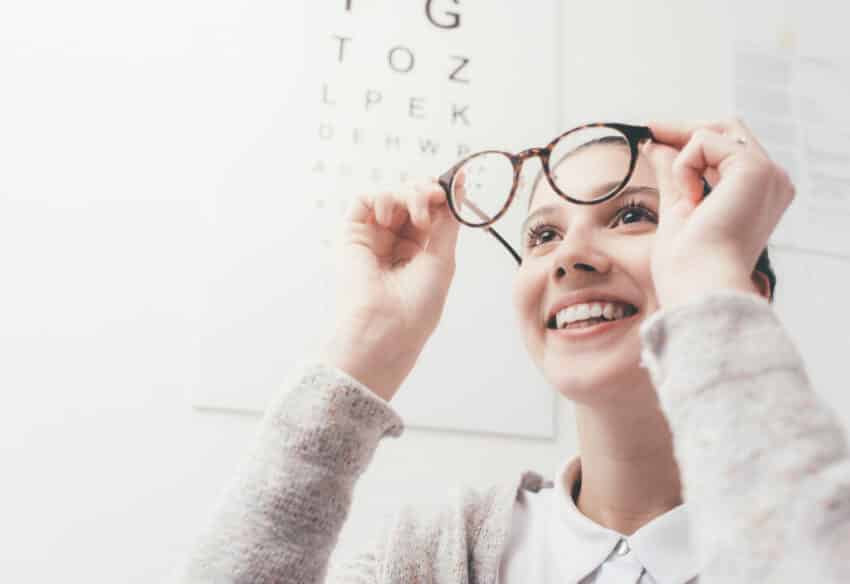Textile workers perform tasks that deal with high precision and delicate handiwork. This can range from anything to cleaning and combing of the materials to weaving and knitting the cloth.
All of these activities need a perfect vision for completing them properly and efficiently.
Unfortunately, due to the prolonged exposure to such refined and delicate work that needs to be done manually, many of these workers develop problems like presbyopia, where their naked eye faces the inability to focus on the objects that are close to them.
While presbyopia is usually associated with age, other factors that can cause it include the work that the textile workers do.
Presbyopia occurs when the lens of the eye hardens and faces an inability to change shape and focus on the objects closer to the eye. The inability to autofocus is what makes the objects nearby look hazy.
The vision impairment can also happen due to age. A study was conducted, and workers over the age of 40 in all kinds of high precision jobs were tested for presbyopia and were given glasses to improve their vision. The impact of this action on their productivity was measured, and this saw a phenomenal leap.
So, what needs to be noted is that the correction of vision impairment from Glassesshop amongst textile workers is as advantageous for the textile manufacturers as the workers.
It is a win-win situation where the manufacturer will be paid in terms of greater output for choosing to invest in the health of the eyes of its workers.
Bifocals are a good option to rectify presbyopia, as they are convenient and durable, and will help to prevent the disorder from interfering with your daily routine. The bifocal lenses are exactly what their name suggests – two lenses in one spectacle set.
Bifocals help to kill two birds with one stone because they help to correct presbyopia, as well as myopia or hyperopia. Problems like near sightedness (myopia), and far sightedness (hyperopia) can also hinder one’s eyesight with age.
While near sightedness may not pose much of a problem for textile workers as they are able to see objects near them clearly and have a problem focussing on objects afar. Far sightedness means you do not have the ability to autofocus on objects near you.
Bifocals can aid the problem of presbyopia and hyperopia together! There are two different vision strengths built into the same lens to help deal with and circumvent this kind of eye ailments and prevent them from interfering with the daily lives of people.
However, bifocals can take a little getting used to, as the person using bifocals usually learns to move the reading material or the head, to accommodate for the small field of view in each vision strength.
Bifocals are not for everyone, and they may take some time to get used to. The side effects of using bifocals can be blurry vision, headaches, and nausea.
While viewing any smartphone or gadget for a longer duration of time, the head needs to be at a slightly stiff and unnatural angle for correct vision due to the small field of view. You might face problems perceiving depth and distance at first, and end up tripping or falling down. So, before a person starts using them, they should be made aware that the process of adjustment can take some time, but once they do learn how to view, their lives will be made much easier.
If people with presbyopia do not wish to opt for bifocals, they can also go for progressive glasses. Progressive lenses provide you with a better viewing experience and can also be used to treat more than one eye ailment. The progression in vision is natural, and you will not notice a great change when you shift from viewing things near you to viewing things far away from you.
For textile workers, both bifocal and progressive lenses are good options as both will help to correct their vision and improve the productivity of the workers. Regular eye check ups and prescriptive glasses for vision correction can stop vision problems from deteriorating.


